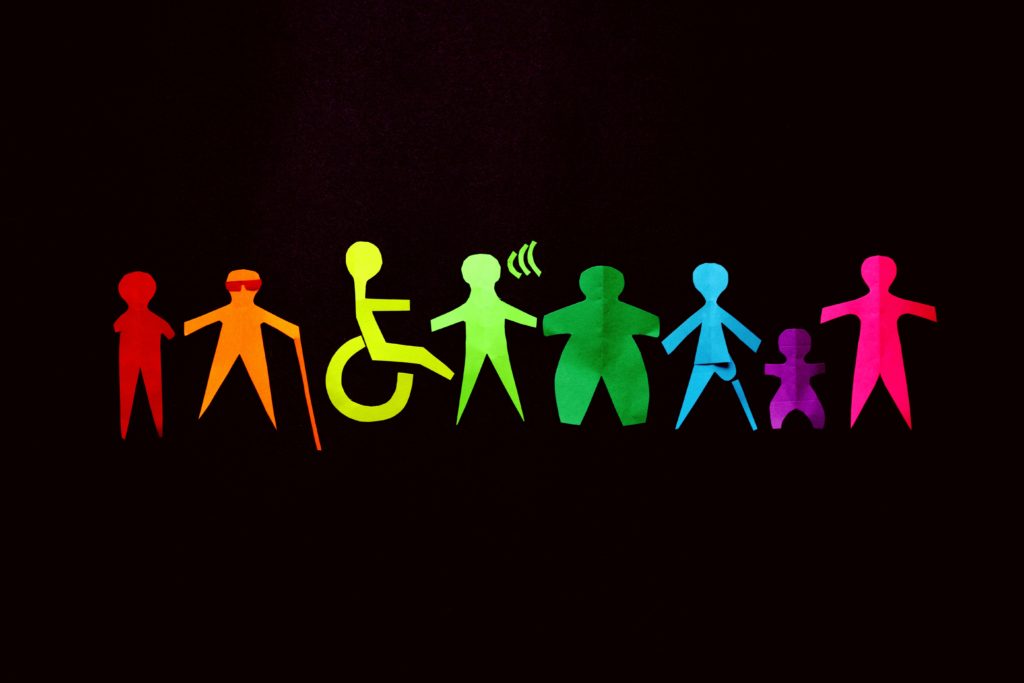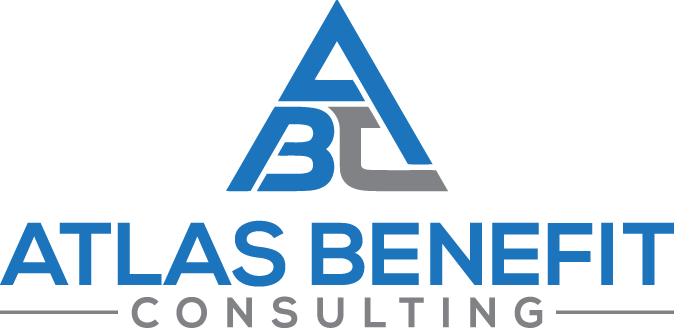What is a Statement in Support of Claim?
A statement in support of claim is for information that veterans, family members, friends, colleagues, and/or former service members can submit to the VA to help support a veteran’s claim. A statement in support of claim is helpful when there is firsthand knowledge and personal statements of the event, timing, or current conditions that will corroborate a veteran’s claim or request for increase in disability rating and benefits.
While it does not take the place of medical records or in establishing a medical nexus, a statement in support of claim can be key in providing information that will help prove an initial VA disability claim or a request for increase in rating and benefits. The VA is required to consider favorable and relevant evidence submitted through a statement in support of claim and buddy or lay statements.
Who Should Fill Out a Statement in Support of Claim?
- The veteran can (and should!) submit their own statement that details the in-service event/incident that contributed to their current condition or disability and the effect it is having on their daily life.
- Family members, friends, or coworkers help strengthen the veteran’s claim by providing a statement detailing their account of how the disability or condition is affecting the veteran’s life and/or work.
- Former service members can submit a statement to help back up the veteran’s account of the in-service incident that has caused or contributed to their current state or disability.

For the Veteran
The veteran should fill out VA form 21-4138, a statement in support of claim. It is important that the veteran provide 3-5 paragraphs worth of a personal statement in this form, which will help with general time frame, detailing the in-service event(s), and describing the current effects and limitations the event has caused or had impact on in the veteran’s daily life.
Download the form with the button below OR start the online process here.
VA Form 21-4138
A separate statement in support of claim (VA form 21-4138) should be filled out for each disability the veteran is claiming. This is more conclusive and detailed than trying to include all disabilities and details on one form.
For the best possible VA Form 21-4138 submission, keep these suggestions for flow in mind:
- List the medical/diagnosed name of the condition or disability you are claiming in the first part of the form. If your medical diagnosis is tinnitus, list it as “tinnitus”, not “a problem with my ears” or “ringing in the ears”.
- Include the diagnostic code with your condition.
- Give a general and approximate timeframe (don’t be super specific unless you are 100% sure of the exact moment) of when the condition or disability started. If you aren’t sure of the month and year, a season and year is appropriate, such as “summer of 2019”. Help the VA connect the dots by explaining in honest detail why the condition or disability should be service-connected, or why an increase in rating is deserved because of worsening conditions and increased effects of the condition in daily life.
- When filing for secondary service connection, make sure to connect it quickly and confidently to the primary condition. Include details on the event that was related to the service connection, the progression of the disability or condition, and how it has caused or aggravated a second condition. It is helpful to include the page number in your records where the nexus for your service-connected disability is listed.
- Here is an example for filing for depression secondary to PTSD:
“I’ve suffered from service-connected Post Traumatic Stress Disorder (PTSD) since August of 2019. I have been having panic attacks twice a week for the past seven months, and it’s greatly affecting my ability to work or enjoy being social. My relationships are suffering and I’m unmotivated to be around people. I was also prescribed a daily anti-depressant medication six months ago. I strongly believe my depression is secondary to my PTSD. My medical provider has confirmed this as a common secondary condition to PTSD, and I am including the medical records, along with my prescription records, from these visits.”
- Here is an example for filing for depression secondary to PTSD:
- Explain your current disability symptoms in detail. The details you should focus on are how often, how severe, and how long it lasts. It is important to be aware of what rating your symptoms put you in, so you can more accurately describe your symptoms and have knowledge and confidence in what you are eligible for.
- The VA’s 38 CFR Book C, Schedule for Rating Disabilities, can be helpful in determining which rating bracket you are in based on your symptoms. Explain in detail how your disability or condition is affecting you or limiting you in your daily life- with family, friends, work, etc. The clearer and more specific, the better.

Tips for Laypersons Filling out a Statement in Support of Claim, or Buddy/Lay Statement
Since January of 2021, the VA strongly recommends that buddy or lay statements to be submitted via VA Form 21-10210.
Buddy/Lay Statement VA Form 21-10210
The form has sections requiring the person filling it out to identify the veteran, provide their own information, give their written statement, and certify and sign. If the statement requires more room than is offered on the form, additional papers, called an addendum, can be attached to the statement. *It should always be noted on the original form that an addendum is attached.
Each individual person providing evidence to support a veteran’s claim should fill out a separate VA Form 21-10210. Credibility and competency are crucial for the statement to be able to help support the veteran’s claim.
Some things the layperson (family member, friend, colleague, former service member) should do to increase the likelihood of the form being competent and credible are:
- Offer more general time frames if an exact time is not known. Inconsistent dates will damage the credibility of the statements and claim.
- Be truthful and consistent.
- Provide a personal statement that is 3-5 paragraphs long. Shorter and more concise is better.
Read one of our previous posts: “You Need a Buddy”.
Get the Help You Need
Our team can help you navigate the complexities of the VA rating and benefit process. Many veterans are underrated and not receiving the maximum benefits and compensation that they have earned and deserve. Click the button below to connect now with one of our team members for a free consultation to determine if you are receiving your maximum!
Click Here for Info on Your Free Consultation


